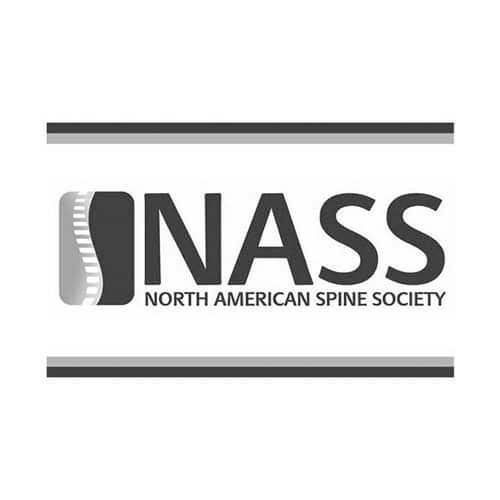As more Americans work in offices or remotely from home, the rate of chronic pain associated with poor posture has risen sharply. Poor posture while sitting at a desk hunched over puts excessive strain on the body’s muscles and joints, leading to pain after a long day’s work. This pain is often noticed in the shoulders as muscles in the shoulder overcompensate for weakened core and back muscles. At Macomb Pain Management, we strive to give all our patients the knowledge and tools they need to combat chronic pain and live healthier, pain-free lives. Let’s look closer at how poor posture can cause shoulder pain and how good posture can decrease shoulder pain.
How Poor Posture Causes Shoulder Pain
Poor posture is a direct contributor to shoulder pain. When we slouch or lean forward at a desk for long periods, we place more stress on our shoulder muscles. This, in turn, weakens our back and core muscles, leading to shoulder pain and other conditions associated with poor posture. Understanding this cause-and-effect relationship is vital to preventing and managing shoulder pain related to poor posture.
Scapular Instability: Scapular instability occurs due to poor posture through the shoulder blades, known as the scapulae not moving correctly when slouched. Over long periods of slouching, scapular movement may become impaired, leading to impingement and possible rotator cuff issues.
Compression of Nerves in the Shoulder: When we slouch over, nerves in the shoulder can become compressed due to narrowing spaces around the shoulder that contain nerves. Patients with thoracic outlet syndrome may experience flare-ups when poor posture adds additional pressure to the thoracic outlet area.
Increased Shoulder Stress: Poor posture causes increased shoulder stress due to strained shoulder muscles. This increased stress can eventually lead to overuse injuries like tendonitis and bursitis of the shoulders.
By improving your posture and making changes to the way your desk, chair, and computer are set up, you can decrease your pain levels and prevent these conditions associated with poor posture.
Ways to Improve Your Posture and Posture Improvement Techniques
While poor posture can become a habit, there are ways to improve it through exercises that strengthen your core and back muscles and change how you work at your desk. While exercises and stretches are an excellent way to improve posture, consulting with your doctor before beginning any new exercise plan is essential. Exercises that strengthen your back and core muscles include:
Band Pull-Aparts: Hold a resistance band at shoulder height with your hands in front of you. Pull the band apart by utilizing your shoulder muscles and squeezing your shoulder blades together.
Wall Angels: Start with your back against the wall and your feet about half a foot away. Raise your arms to shoulder level, and keep your elbows bent at 90 degrees. While maintaining contact with the wall, slowly move your arms up and down, touching the wall like making a snow angel.
Both band pull-aparts and wall angels are effective ways to strengthen muscles used for proper posture and can be done just about anywhere.
To help with proper posture, you may need to make some changes to your working space. Start by making sure your chair is at the correct height, which allows your feet to rest flat on the floor and your knees to be at a 90-degree angle. Your desk should also be elevated to a level that allows your elbows to rest at a 90-degree angle when you are typing. Aim to keep your computer as close as possible to eye level. Changing how you have your workspace set up and doing some simple exercises can improve your posture and decrease your shoulder pain.
Get More Help With Shoulder Pain at Macomb Pain Management
If you are still struggling with shoulder pain after taking steps to correct your posture, you may need additional pain management options. Contact Macomb Pain Management at (248) 844-8281 to get additional help with chronic shoulder pain.






